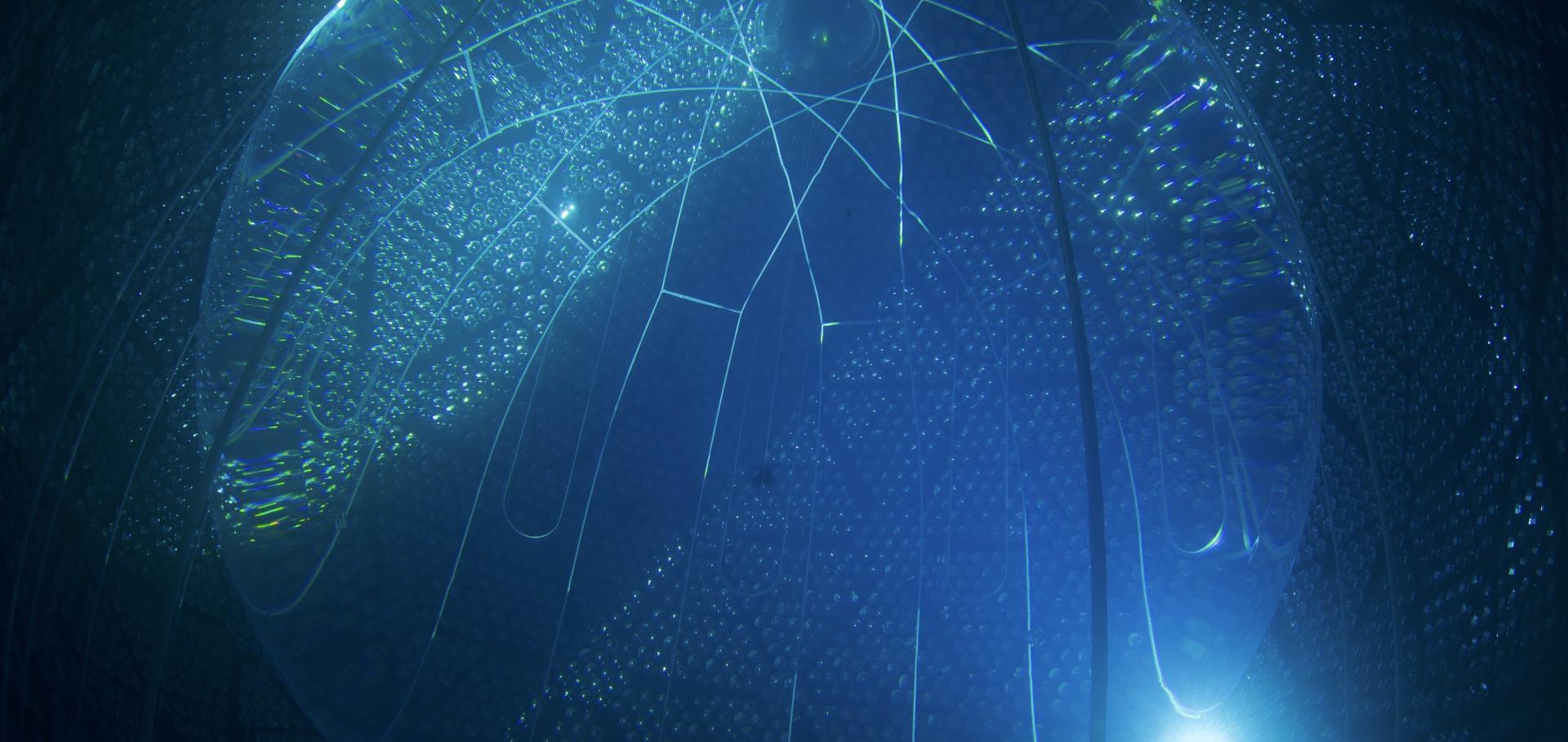ATLAS upgrade plans for the SLHC
NUCLEAR PHYSICS B-PROCEEDINGS SUPPLEMENTS 177 (2008) 212-216
BlackMax: A black-hole event generator with rotation, recoil, split branes and brane tension
ArXiv 0711.3012 (2007)
Abstract:
We present a comprehensive black-hole event generator, BlackMax, which simulates the experimental signatures of microscopic and Planckian black-hole production and evolution at the LHC in the context of brane world models with low-scale quantum gravity. The generator is based on phenomenologically realistic models free of serious problems that plague low-scale gravity, thus offering more realistic predictions for hadron-hadron colliders. The generator includes all of the black-hole graybody factors known to date and incorporates the effects of black-hole rotation, splitting between the fermions, non-zero brane tension and black-hole recoil due to Hawking radiation (although not all simultaneously). The generator can be interfaced with Herwig and Pythia.The ATLAS semiconductor tracker end-cap module
Nuclear Instruments and Methods in Physics Research Section A Accelerators Spectrometers Detectors and Associated Equipment 575:3 (2007) 353-389
Abstract:
The challenges for the tracking detector systems at the LHC are unprecedented in terms of the number of channels, the required read-out speed and the expected radiation levels. The ATLAS Semiconductor Tracker (SCT) end-caps have a total of about 3 million electronics channels each reading out every 25 ns into its own on-chip 3.3 μ s buffer. The highest anticipated dose after 10 years operation is 1.4 × 1014 cm- 2 in units of 1 MeV neutron equivalent (assuming the damage factors scale with the non-ionising energy loss). The forward tracker has 1976 double-sided modules, mostly of area ∼ 70 cm2, each having 2 × 768 strips read out by six ASICs per side. The requirement to achieve an average perpendicular radiation length of 1.5% XMeasurement of σΛb0/ σB̄0×B(Λb0→Λc+π-)/B(B̄0→D+π- ) in pp̄ Collisions at s=1.96TeV
Physical Review Letters 98:12 (2007)
Abstract:
We present the first observation of the baryon decay Λb0→ Λc+π- followed by Λc+→pK-π+ in 106pb-1 pp̄ collisions at s=1.96TeV in the CDF experiment. In order to reduce systematic error, the measured rate for Λb0 decay is normalized to the kinematically similar meson decay B̄0→D+π- followed by D+→π+K-π+. We report the ratio of production cross sections (σ) times the ratio of branching fractions (B) for the momentum region integrated above pT>6GeV/c and pseudorapidity range |η|<1.3: σ(pp̄→Λb0X)/ σ(pp̄→B̄0X)×B(Λb0→Λc+π-)/ B(B̄0→D+π-)=0.82±0.08(stat)±0.11(syst)±0. 22[B(Λc+→pK-π+)]. © 2007 The American Physical Society.Measurement of sigma(Lambda_b)/sigma(B0) x B(Lambda_b->Lambda_c pi)/B(B0->Dpi) in ppbar Collisions at sqrt(s)=1.96 TeV
Physical Review Letters 98 (2007) 122002 7pp


